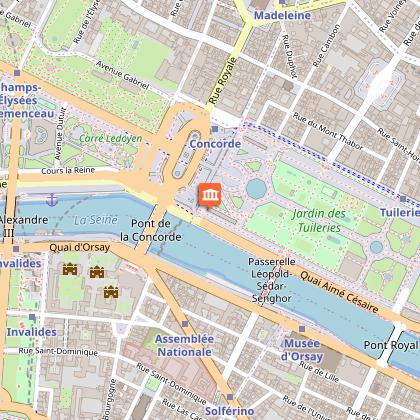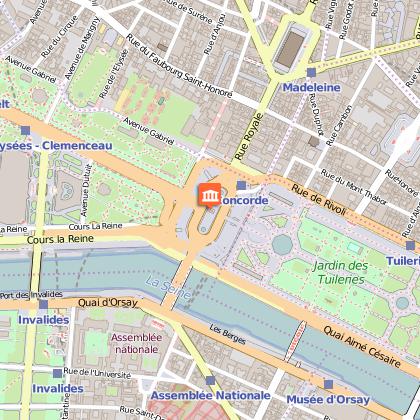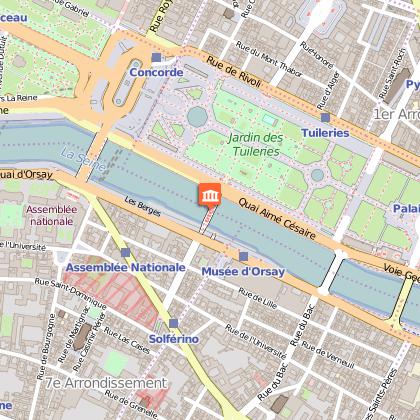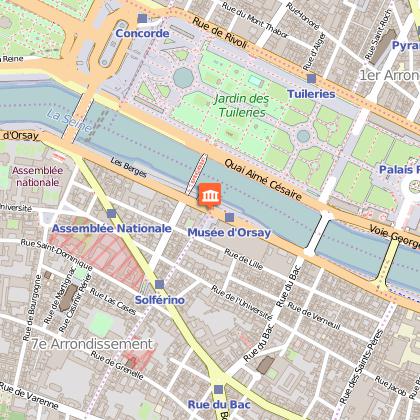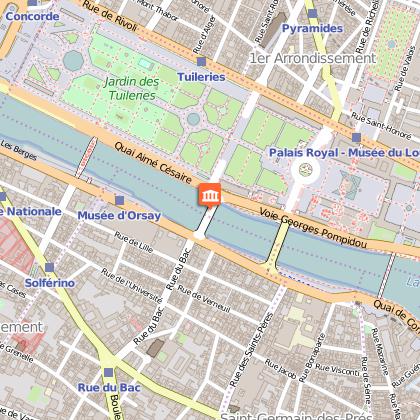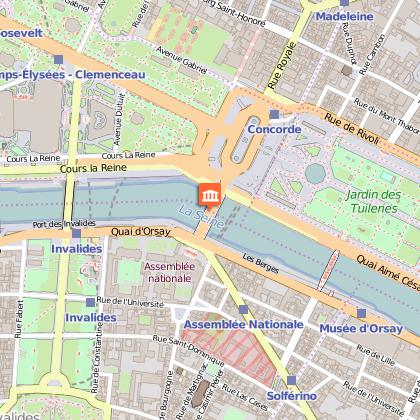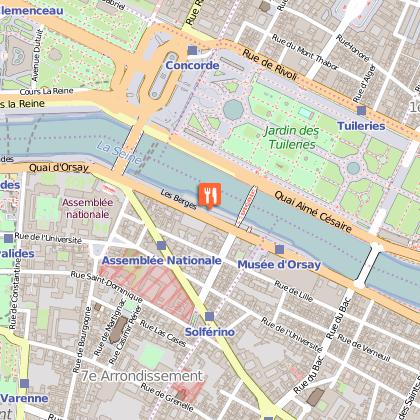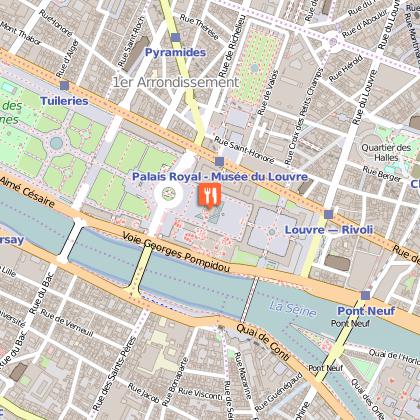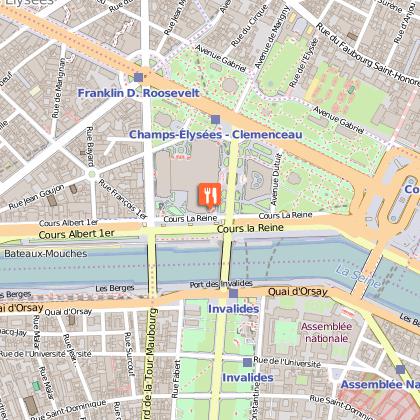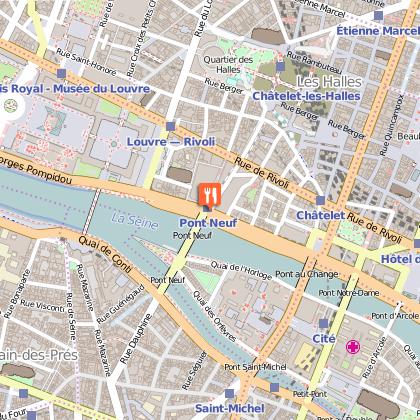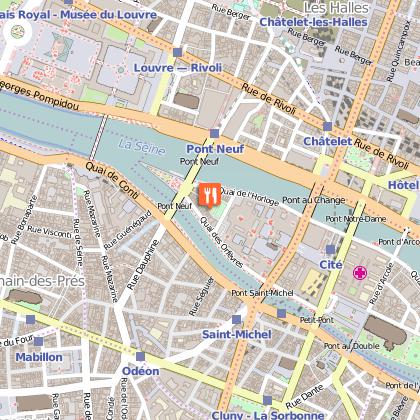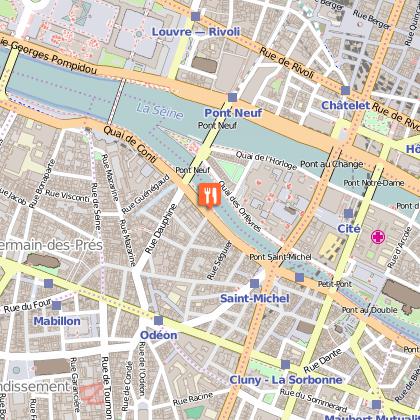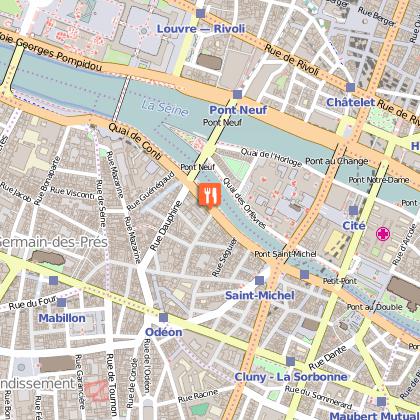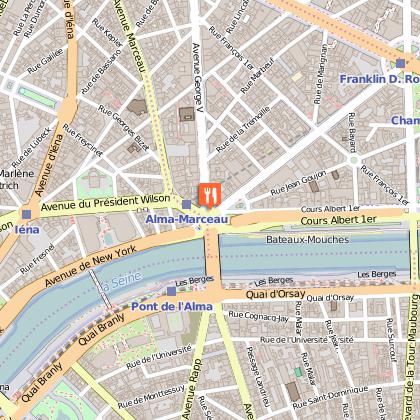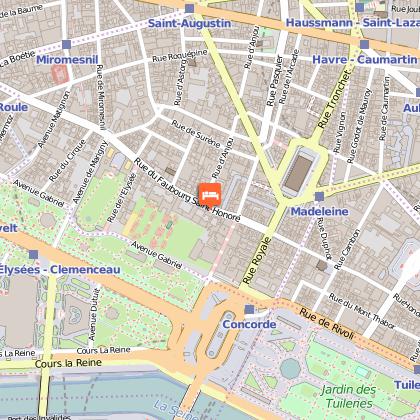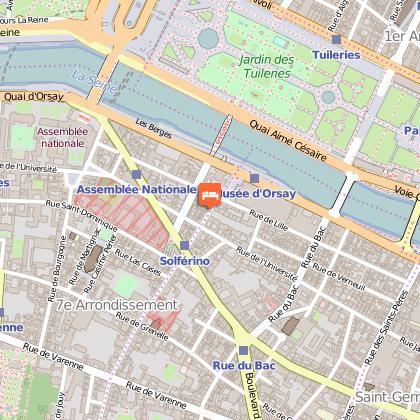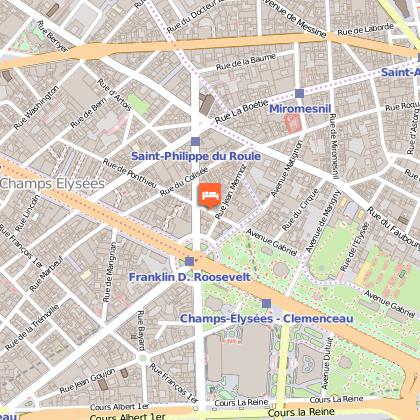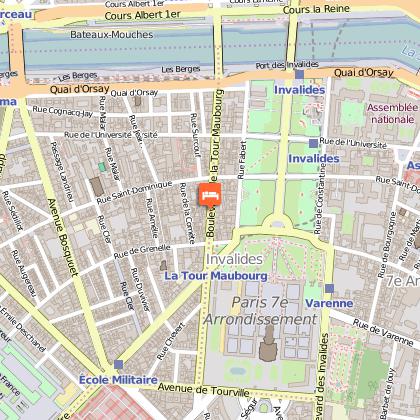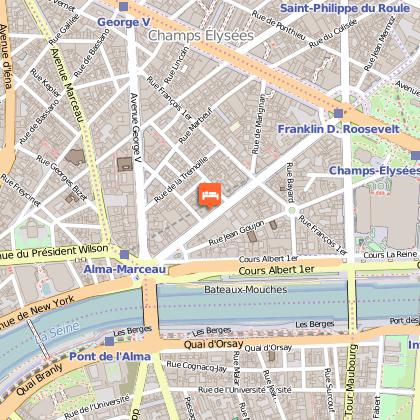Tours
Activities
Places of interest
Where to eat
Where to sleep
Experience Paris from Hôtel de Vendôme
Are you the owner?Immerse yourself in the cultural and historical heart of Paris by staying at Hôtel de Vendôme, located in the prestigious 1st arrondissement. Whether you are a history enthusiast, art lover, or shopping aficionado, this prime location grants you immediate access to an array of iconic attractions. Just steps away, marvel at the grandeur of the Louvre Museum, explore the artistic richness of the Pal...See more
Walking around HOTEL DE VENDOME
See more suggestionsStroll through the walking routes of HOTEL DE VENDOME.
See more suggestionsWhat to do in HOTEL DE VENDOME
See more suggestionsChoose from a variety of activities in HOTEL DE VENDOME and book your favorites.
See more suggestionsIGN cards

2314OT - PARIS FORÊT DE MEUDON FORÊT DE FAUSSES REPOSES
Editor : IGN
Collection : TOP 25 ET SÉRIE BLEUE
Scale : 1:25 000
13.90€

119 PARIS SENS PNR DU GÂTINAIS FRANÇAIS
Editor : IGN
Collection : TOP 100
Scale : 1:100 000
8.40€
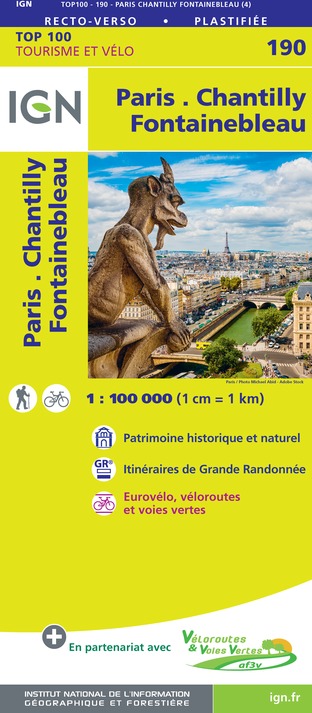
190 PARIS CHANTILLY FONTAINEBLEAU
Editor : IGN
Collection : TOP 100
Scale : 1:100 000
8.40€
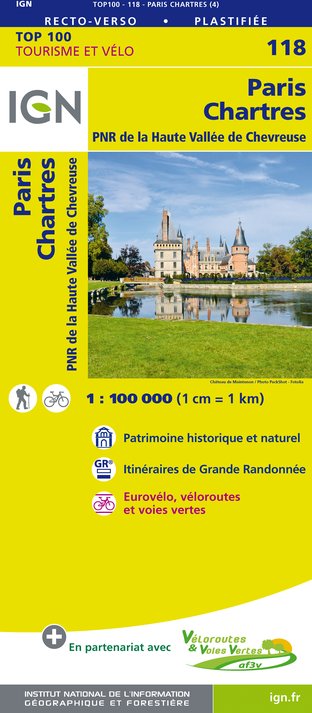
118 PARIS CHARTRES PNR DE LA HAUTE VALLÉE DE CHEVREUSE
Editor : IGN
Collection : TOP 100
Scale : 1:100 000
8.40€
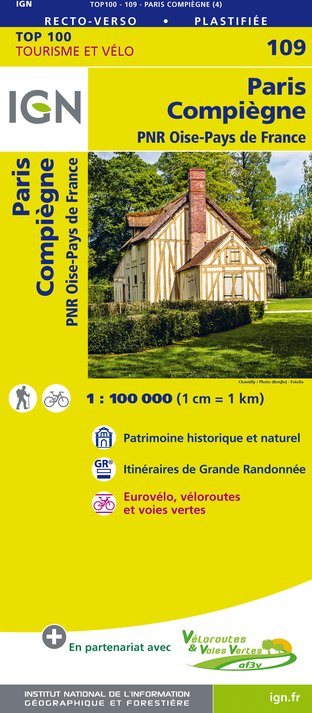
109 PARIS COMPIÈGNE PNR OISE-PAYS DE FRANCE
Editor : IGN
Collection : TOP 100
Scale : 1:100 000
8.40€

108 PARIS ROUEN BEAUVAIS PNR DU VEXIN FRANÇAIS
Editor : IGN
Collection : TOP 100
Scale : 1:100 000
8.40€

D75-95 ÎLE-DE-FRANCE OUEST
Editor : IGN
Collection : CARTES DÉPARTEMENTALES IGN
Scale : 1:150 000
5.90€

D28 EURE-ET-LOIR
Editor : IGN
Collection : CARTES DÉPARTEMENTALES IGN
Scale : 1:150 000
5.90€

D77 SEINE-ET-MARNE
Editor : IGN
Collection : CARTES DÉPARTEMENTALES IGN
Scale : 1:150 000
5.90€

NR01 HAUTS-DE-FRANCE
Editor : IGN
Collection : CARTES RÉGIONALES IGN
Scale : 1:250 000
6.80€

NR08 CENTRE-VAL DE LOIRE
Editor : IGN
Collection : CARTES RÉGIONALES IGN
Scale : 1:250 000
6.80€

NR03 ÍLE DE FRANCE
Editor : IGN
Collection : CARTES RÉGIONALES IGN
Scale : 1:250 000
6.80€

801 FRANCE NORD OUEST
Editor : IGN
Collection : CARTES NATIONALES IGN
Scale : 1:320 000
6.10€

EUROPE
Editor : IGN
Collection : DÉCOUVERTE DES PAYS DU MONDE IGN
Scale : 1:2 500 000
7.00€
What to visit in HOTEL DE VENDOME
See more suggestionsTaste the culinary specialties of HOTEL DE VENDOME.
See more suggestionsWhere to eat in HOTEL DE VENDOME
See more suggestionsRestaurants in HOTEL DE VENDOME will captivate you.
See more suggestionsWhere to sleep in HOTEL DE VENDOME
See more suggestionsBook a pleasant stay in HOTEL DE VENDOME.
See more suggestions



















